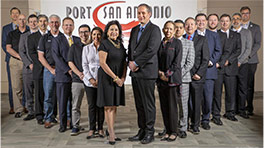YEARS OF TRANSITION
In 1995, the place that is credited with providing thousands of San Antonians with a path toward the middle class received some hard news: Kelly was among the facilities to be closed in accordance with the recommendations of the Base Realignment and Closure (BRAC) Commission.
In the years that followed, community and federal leaders worked tirelessly to ensure that Kelly’s legacy as one of the largest and most important employers in the region would endure for thousands of current workers and for future generations.
Despite the uncertain future they faced, their efforts paid off—possibly far beyond anyone’s expectations when the realignment and closure decision was first announced.
Between 1995 and August 2001 (the date Kelly Air Force Base officially closed), the special redevelopment authority known today as Port San Antonio was created. In accordance with the Texas Local Government Code, the San Antonio City Council created an independent authority to take ownership of 1,900 acres of land (roughly three times the area of the city’s downtown central business district) and repurpose it with one essential goal in mind: Maintain and grow jobs for the community.
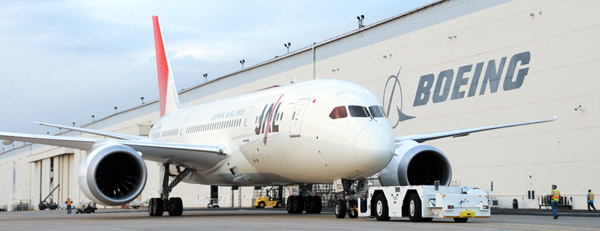
During those years of transition from base to redevelopment authority, the first private-sector companies established vast operations in former Air Force facilities. Companies that included Boeing, Lockheed Martin, StandardAero and Chromalloy were among the Port’s first customers. In the large hangars and workshops they leased from the Port, they continued the work of maintaining important military aviation platforms, including C-17’s, C-130’s, KC-135’s, among others.
As a result of this seamless transition, scores of former Kelly workers continued in their careers serving the Department of Defense. This momentum also created the foundation through which the newly-formed redevelopment authority could begin the task of repurposing a large and complex property to help the San Antonio community connect with important growth opportunities locally, nationally and globally.
A POWERFUL ECONOMIC ENGINE
Over the course of more than 20 years, the Port has emerged as one of the most successful base redevelopment efforts in the country.
Today, it is home to over 80 private- and public-sector tenant customers who directly employ about 14,000 people on our campus. That activity in turn contributes over $5 billion annually to the regional economy.
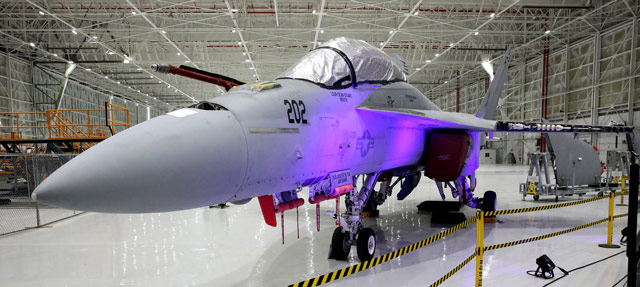
Maintenance of military aircraft conducted by the Port's original customers remains a big part of the work that takes place at the site. What’s more, thanks to robust growth that is expected in the commercial aviation sector in the years ahead, those companies—and additional aviation customers who have established operations on our campus in recent years— are working hand-in-hand with the Port to attract new opportunities associated with maintenance and modification of airliners and cargo aircraft.
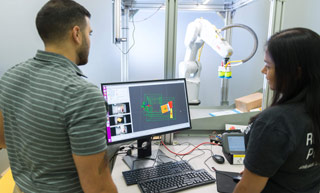
In addition to a strong aerospace cluster, we’re also home to an array of other advanced sectors including cybersecurity, robotics, advanced tech and artificial intelligence (AI). Learn more about them and the Port’s strategic vision in the next section.
The Department of Defense continues to have a large presence on the property. In the aftermath of subsequent base realignment decisions (the 2005 BRAC), many Department of Defense missions and thousands of personnel consolidated to the San Antonio region. Several of those operations, including highly specialized agency headquarters, had an urgent need for secure facilities.
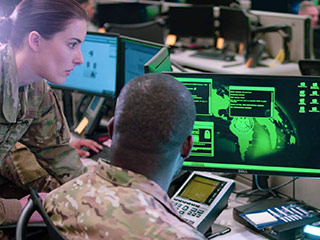
Accordingly, the Port led efforts beginning in 2008 to conduct $60 million in significant upgrades to a vast office complex on the east side of its campus. Today, the five buildings comprising this complex provide over 750,000 square feet of strategic facilities that meet Anti-Terrorism Force Protection (ATFP) standards and accommodate thousands of uniformed and civilian personnel. The space encompasses the national headquarters for several key Air Force agencies.
The large Air Force presence has in turn attracted a number of contractors to the campus, including a growing array of cybersecurity specialists that support both Air Force and commercial-sector clients in the region.
The Port’s platform is also ideal for advanced manufacturing operations. In recent years, companies based outside Texas have established facilities at the Port to tap into a number of strategic advantages—including a strong local workforce and customized and scalable facilities that can meet their production needs and offer supply-chain efficiency as they bring components and other materials into the Port en route to global distribution.
